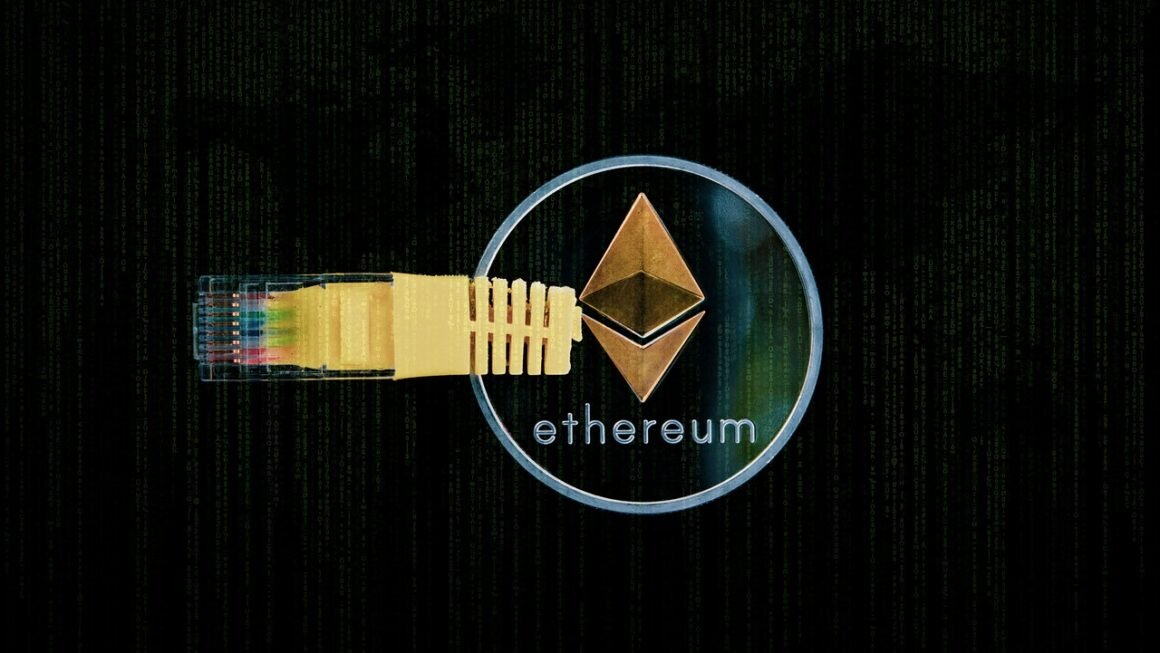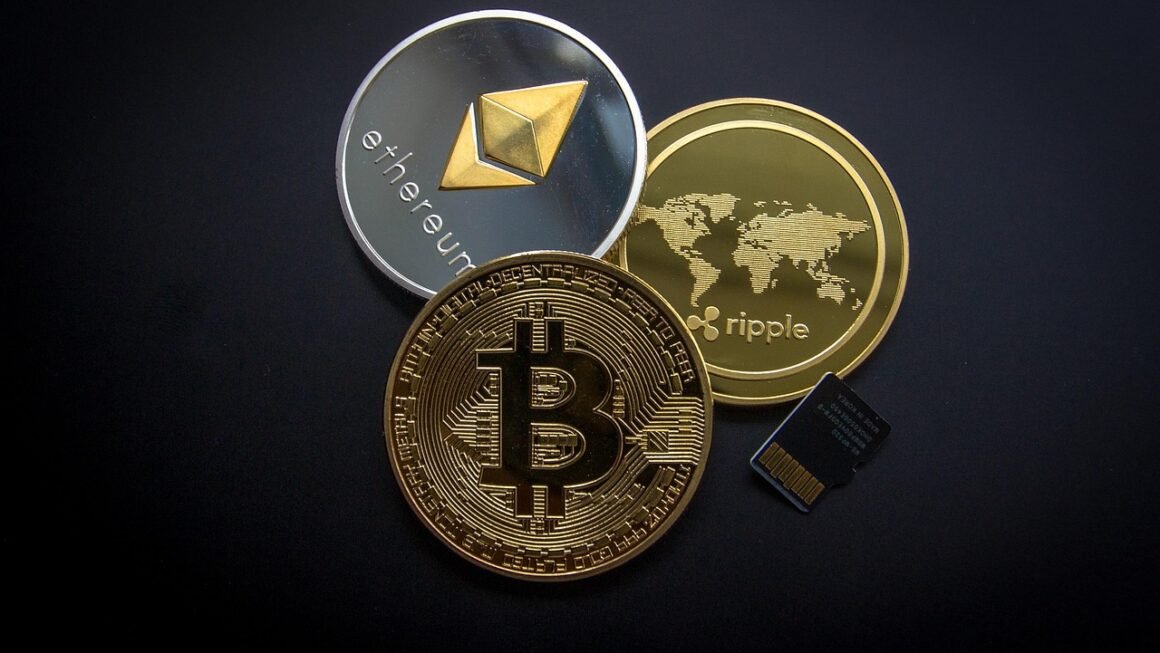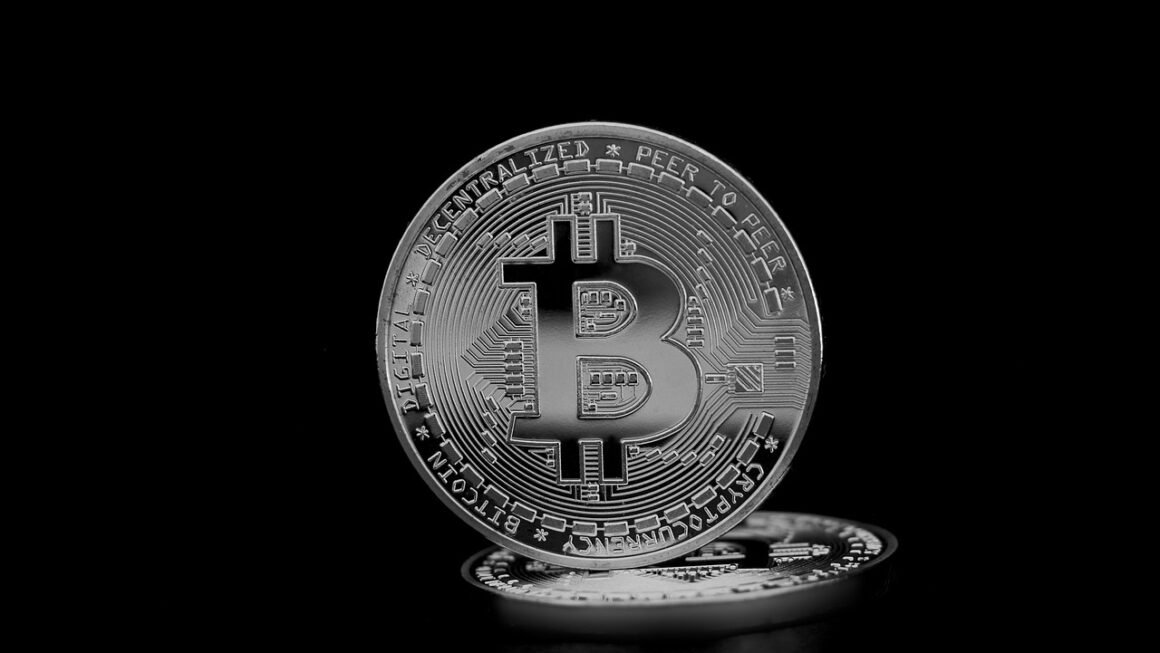Decentralized Finance (DeFi) is revolutionizing the traditional financial landscape by leveraging blockchain technology to create open, permissionless, and transparent financial services. Forget brick-and-mortar banks and complex intermediaries; DeFi offers a compelling alternative that puts users in control of their assets and financial activities. This innovative ecosystem is rapidly evolving, attracting significant investment and reshaping how we think about money, lending, trading, and more. Let’s dive deep into the world of DeFi and explore its potential.
Understanding Decentralized Finance (DeFi)
DeFi is built on the foundation of blockchain technology, primarily using smart contracts on platforms like Ethereum. This allows for the automation and decentralization of financial processes, removing the need for traditional intermediaries like banks and brokers.
Core Principles of DeFi
- Decentralization: Control is distributed across the network, not held by a single entity.
- Transparency: Transactions and smart contract code are often publicly available and verifiable on the blockchain.
- Permissionless Access: Anyone can participate in DeFi protocols without needing permission from a central authority.
- Composability (Money Legos): DeFi applications can be built on top of each other, creating complex and innovative financial instruments.
Key Components of the DeFi Ecosystem
- Decentralized Exchanges (DEXs): Platforms for trading cryptocurrencies directly with other users, without intermediaries. Examples include Uniswap, SushiSwap, and PancakeSwap.
- Lending and Borrowing Platforms: Protocols that allow users to lend out their crypto assets to earn interest or borrow crypto assets by providing collateral. Examples include Aave, Compound, and MakerDAO.
- Stablecoins: Cryptocurrencies designed to maintain a stable value, often pegged to a fiat currency like the US dollar. Examples include USDT, USDC, and DAI.
- Yield Farming: Strategies that maximize returns on crypto assets by participating in various DeFi protocols.
- Decentralized Insurance: Platforms that offer insurance against smart contract failures and other risks within the DeFi ecosystem.
Practical Example: Earning Interest with DeFi Lending
Imagine you have 1 ETH and want to earn interest on it. Instead of leaving it in a traditional savings account with low interest rates, you can deposit it into a DeFi lending platform like Aave. Aave uses smart contracts to connect lenders and borrowers. Your ETH is pooled with other lenders’ assets, and borrowers can take out loans by providing collateral. You earn interest on your ETH as borrowers pay interest on their loans. The interest rates in DeFi lending can often be significantly higher than traditional savings accounts, although this comes with increased risk.
Benefits of Decentralized Finance
DeFi offers several advantages over traditional finance, attracting a growing number of users and developers to the space.
Increased Financial Inclusion
- Provides access to financial services for individuals who are unbanked or underbanked. According to the World Bank, approximately 1.4 billion adults worldwide are unbanked. DeFi can offer them access to lending, borrowing, and other financial services through a smartphone and internet connection.
Greater Transparency and Control
- Transactions are recorded on a public blockchain, making them transparent and verifiable. Users have direct control over their assets and can manage them without intermediaries.
Higher Returns
- DeFi protocols can offer higher interest rates and yields compared to traditional financial institutions. This is due to the efficiency of smart contracts and the elimination of overhead costs associated with traditional banks.
Innovation and Composability
- The composable nature of DeFi allows developers to build new and innovative financial products and services by combining existing protocols.
Reduced Costs
- By eliminating intermediaries, DeFi can reduce transaction fees and other costs associated with traditional financial services.
Risks Associated with DeFi
While DeFi offers many potential benefits, it’s important to be aware of the risks involved.
Smart Contract Vulnerabilities
- Smart contracts are susceptible to bugs and vulnerabilities, which can be exploited by hackers. A smart contract audit can reduce risk, but it’s never completely eliminated.
- Example: The DAO hack in 2016 demonstrated the potential for smart contract vulnerabilities to lead to significant losses.
Impermanent Loss
- Occurs when providing liquidity to decentralized exchanges due to price fluctuations between the deposited assets.
- Example: If you deposit ETH and USDT into a liquidity pool, and the price of ETH increases significantly, you may end up with more USDT and less ETH than you initially deposited, resulting in a loss compared to simply holding the assets.
Rug Pulls and Scams
- Malicious actors can create fake DeFi projects with the intention of stealing users’ funds. These are often referred to as “rug pulls.”
- Tip: Always do your research before investing in any DeFi project. Look for projects with audited smart contracts, transparent teams, and active communities.
Regulatory Uncertainty
- The regulatory landscape for DeFi is still evolving, and there is a risk that future regulations could negatively impact the industry.
- Different countries have different approaches to DeFi regulations, ranging from outright bans to supportive frameworks.
Scalability Issues
- Some blockchain networks, like Ethereum, can experience scalability issues, leading to high transaction fees and slow transaction times during periods of high demand. Layer 2 scaling solutions are being developed to address these issues.
Navigating the DeFi Landscape
With the rapid growth of the DeFi ecosystem, it can be challenging to navigate the space and identify reliable projects.
Research and Due Diligence
- Thoroughly research any DeFi project before investing. Look for audited smart contracts, transparent teams, and active communities. Read whitepapers and technical documentation.
Start Small
- Begin with small investments to gain experience and understanding of the DeFi protocols before committing larger amounts.
Use Hardware Wallets
- Store your crypto assets in a hardware wallet for increased security. Hardware wallets are physical devices that store your private keys offline, making them less vulnerable to hacking.
Diversify Your Portfolio
- Don’t put all your eggs in one basket. Diversify your investments across multiple DeFi projects to reduce risk.
Stay Informed
- Keep up-to-date with the latest developments in the DeFi space by following reputable news sources, attending industry events, and engaging with online communities.
Understanding DeFi Stacking
- DeFi stacking involves locking up a certain amount of tokens to receive rewards. This is often used to secure the network or provide liquidity to a decentralized exchange. The returns for stacking vary depending on the project and the amount of tokens staked.
The Future of DeFi
DeFi is still in its early stages, but it has the potential to transform the financial industry.
Increased Adoption
- As the technology matures and becomes more user-friendly, we can expect to see increased adoption of DeFi by both individuals and institutions.
Integration with Traditional Finance
- We may see greater integration between DeFi and traditional finance, with traditional financial institutions offering DeFi-based products and services.
Regulatory Clarity
- As regulators become more familiar with DeFi, we can expect to see greater regulatory clarity, which could help to foster innovation and adoption.
New Innovations
- The composable nature of DeFi will continue to drive innovation, leading to the development of new and innovative financial products and services.
Conclusion
Decentralized Finance presents a compelling vision for the future of finance, offering greater transparency, accessibility, and control to users. While risks exist, including smart contract vulnerabilities and regulatory uncertainties, the potential benefits of DeFi are significant. By understanding the core principles, key components, and potential risks of DeFi, you can navigate this exciting and rapidly evolving landscape with greater confidence. Remember to do your research, start small, and stay informed to make the most of the opportunities that DeFi has to offer. As the DeFi ecosystem continues to mature and evolve, it promises to reshape the way we think about and interact with money.



